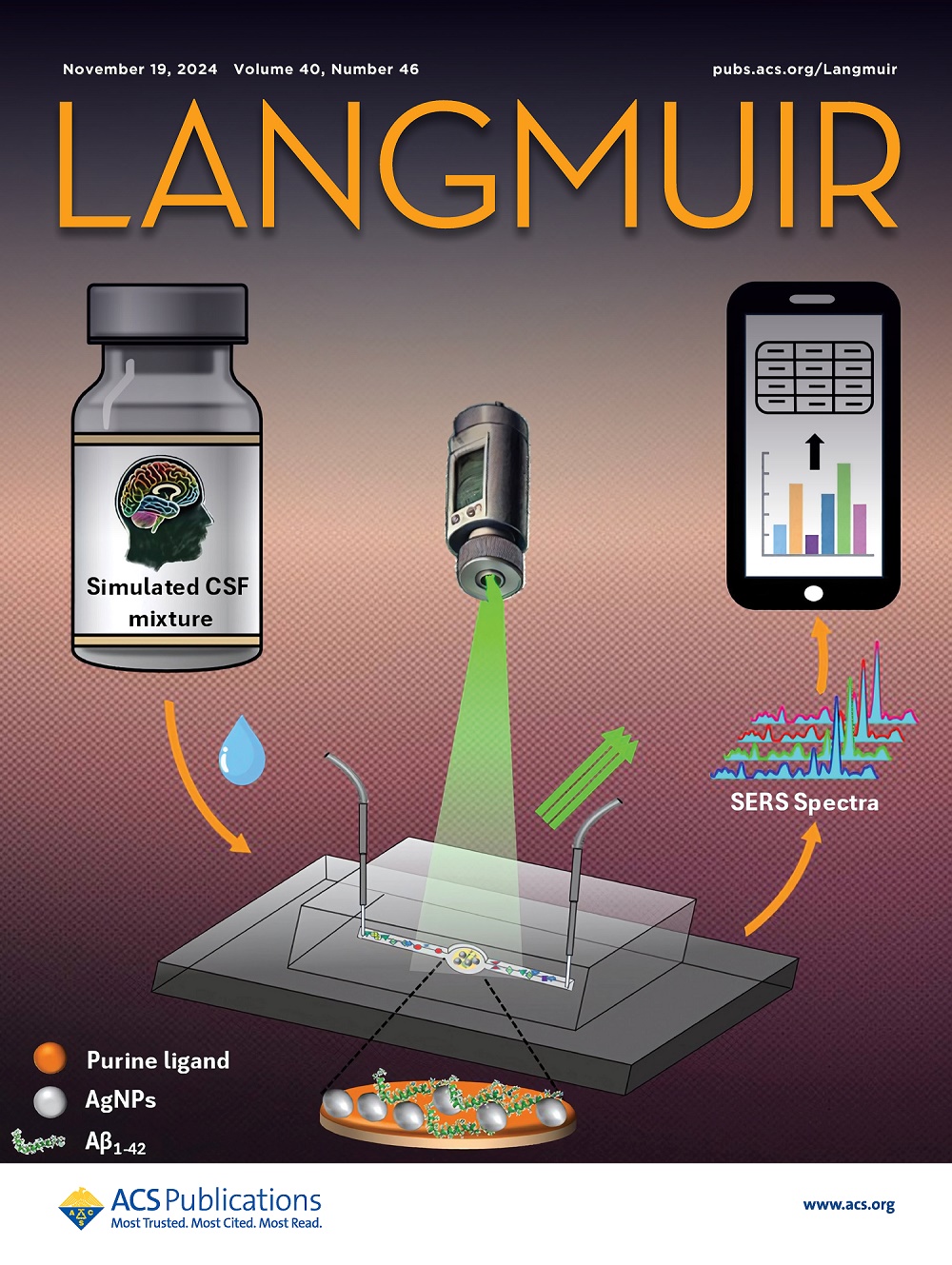不同晶格面在CeO2上诱导钨的不同性质选择性催化还原一氧化氮
IF 3.7
2区 化学
Q2 CHEMISTRY, MULTIDISCIPLINARY
引用次数: 0
摘要
虽然铈基催化剂已被证明是传统钒基催化剂在NH3选择性催化还原NOx (NH3 - SCR)方面的一种有前景的替代品,但钨(W)和CeO2之间的相互作用是否能够很好地建立以提高SCR性能仍不清楚。本文对不同形貌的W/CeO2 SCR催化剂进行了全面的研究。系统表征结果证实,在负载w的CeO2纳米立方、纳米纺锤和纳米球上形成了WO3晶相。有趣的是,W/CeO2纳米棒显示出完全聚合的钨酸盐物种。这种差异源于优先暴露的{110}晶格平面介导的明显的W-CeO2相互作用,赋予纳米棒催化剂更强的还原性,更多的表面活性氧和酸位。NH3-SCR活性依次为W/CeO2纳米棒>;W/CeO2纳米纺锤;W/CeO2纳米立方;W / CeO2团簇。这项工作揭示了CeO2的形态在W物种的分散和相互作用中的重要作用,这直接影响了NH3-SCR的性能。这一发现为设计更高效的SCR催化剂提供了宝贵的机会。本文章由计算机程序翻译,如有差异,请以英文原文为准。

Variant Properties of Tungsten Species over CeO2 Induced by Different Lattice Planes for the Selective Catalytic Reduction of Nitric Oxide
Although ceria-based catalysts have been proven to be a promising alternative to conventional vanadyl catalysts for the selective catalytic reduction of NOx with NH3 (NH3–SCR), whether the interaction between tungsten (W) and CeO2 could be well established for enhancing SCR performance is still unclear. Herein, W/CeO2 catalysts with different CeO2 morphologies for SCR are fully investigated. Systematic characterization results confirmed that the crystalline WO3 phase was formed on W-loaded CeO2 nanocubes, nanospindles, and nanospheres. Intriguingly, the W/CeO2 nanorods exhibited exclusively polymeric tungstate species. This divergence originates from the distinct W-CeO2 interaction mediated by preferentially exposed {110} lattice planes, endowing the nanorod catalyst with stronger reducibility, more surface-active oxygen species, and acid sites. Consequently, the NH3–SCR activity followed the order W/CeO2 nanorods > W/CeO2 nanospindles > W/CeO2 nanocubes > W/CeO2 nanospheres. This work reveals the significant role of the CeO2 morphology in the dispersion and interaction of W species, which directly influences the NH3–SCR performance. The insight offers a valuable opportunity for the design of a more efficient SCR catalyst.
求助全文
通过发布文献求助,成功后即可免费获取论文全文。
去求助
来源期刊

Langmuir
化学-材料科学:综合
CiteScore
6.50
自引率
10.30%
发文量
1464
审稿时长
2.1 months
期刊介绍:
Langmuir is an interdisciplinary journal publishing articles in the following subject categories:
Colloids: surfactants and self-assembly, dispersions, emulsions, foams
Interfaces: adsorption, reactions, films, forces
Biological Interfaces: biocolloids, biomolecular and biomimetic materials
Materials: nano- and mesostructured materials, polymers, gels, liquid crystals
Electrochemistry: interfacial charge transfer, charge transport, electrocatalysis, electrokinetic phenomena, bioelectrochemistry
Devices and Applications: sensors, fluidics, patterning, catalysis, photonic crystals
However, when high-impact, original work is submitted that does not fit within the above categories, decisions to accept or decline such papers will be based on one criteria: What Would Irving Do?
Langmuir ranks #2 in citations out of 136 journals in the category of Physical Chemistry with 113,157 total citations. The journal received an Impact Factor of 4.384*.
This journal is also indexed in the categories of Materials Science (ranked #1) and Multidisciplinary Chemistry (ranked #5).
 求助内容:
求助内容: 应助结果提醒方式:
应助结果提醒方式:


